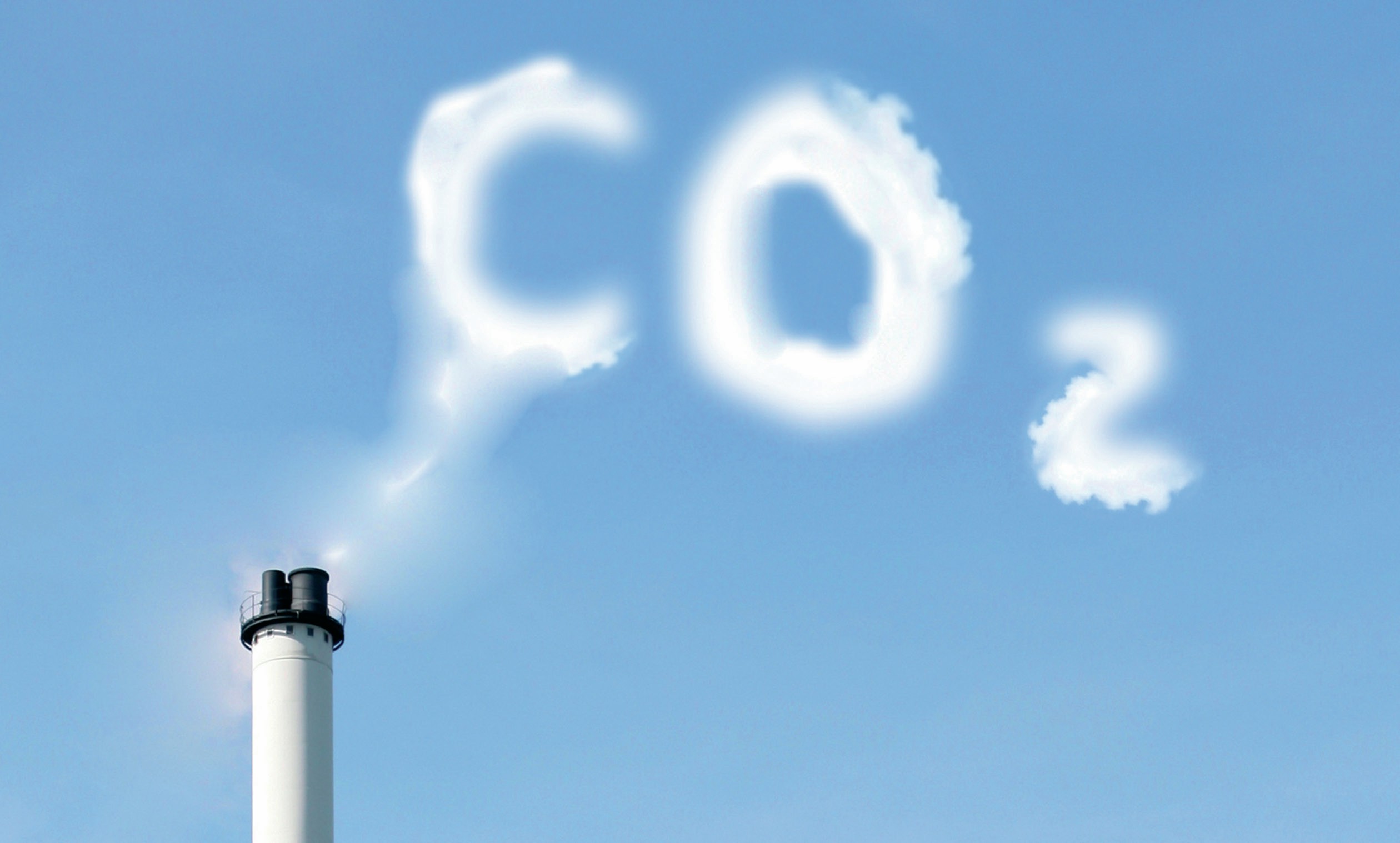
In response to concern about global warming, the European Union (EU) signed up to carbon emissions reduction targets as part of the Kyoto Protocol in 1990. This commits member countries to a 30% reduction in carbon dioxide (CO2) emissions by 2020, and an 85–90% cut by 2050 (relative to 1990 levels). While scientists and politicians argue over the necessary level of reductions, economics can inform how to implement these cuts.
The targeted reductions in CO2 emissions are needed because of the consequences of pollution. Many activities burn fossil fuels — these include heating homes, driving cars and producing goods. Each of these activities produces CO2 and creates a negative externality that results in a market failure.
Your organisation does not have access to this article.
Sign up today to give your students the edge they need to achieve their best grades with subject expertise
Subscribe




